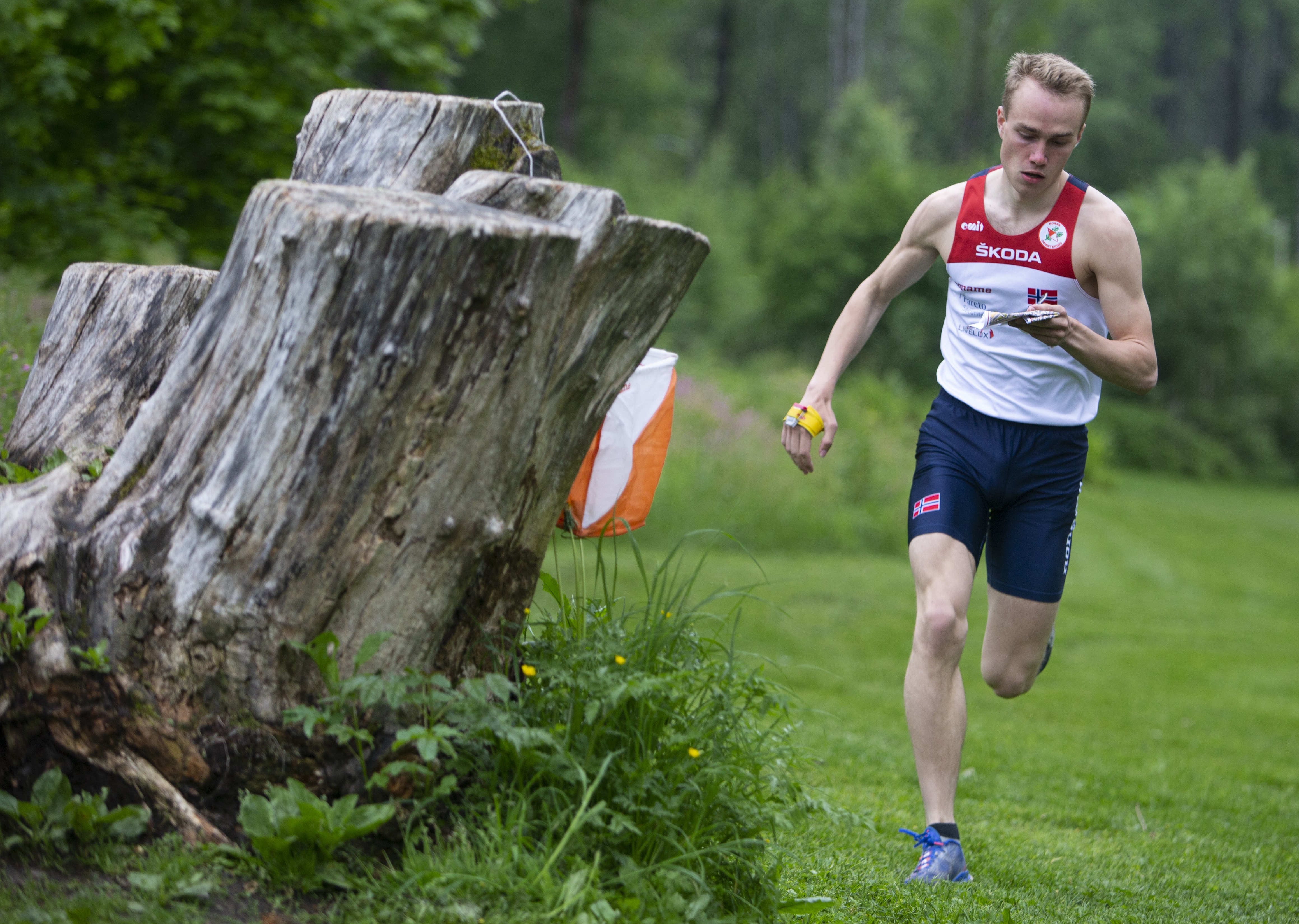Read more about the most common injuries
In orienteering, injuries can occur in all the muscles and joints of the legs, but the foot and ankle are most at risk.

Running outdoors in nature requires muscles in the legs to ensure stability in each step on an uneven surface. During an orienteering session, you need to land with good control in bogs, grass, rocks, earth and forest trails. Running with high demands for stability in all joints can lead to overloading of muscles, tendons and bones. An incorrect landing can result in a twisted ankle or knee and can also cause muscular strain injuries.
A good rule of thumb for avoiding strain injuries is to gradually increase the amount of exercise. Many people get carried away and do “too much too soon” with too little recovery time. But the biggest risk of getting an injury is previous injuries. Skeletons, muscles, tendons and ligaments gradually become stronger through training - but you have to give your body time to build up.
The most difficult injuries in orienteering are:
- Overexertion
- Hamstring strain
- Quadriceps strain
- Thigh strain
- Plantar fasciitis
- Achilles pain
- Patellofemoral pain syndrome
- Runner's knee
- Schallters and Sindig-Larsen syndrome
- Medial tibial stress syndrome
- Fatigue fractures in the ankle and foot
- Fatigue fractures in tibia and fibula


